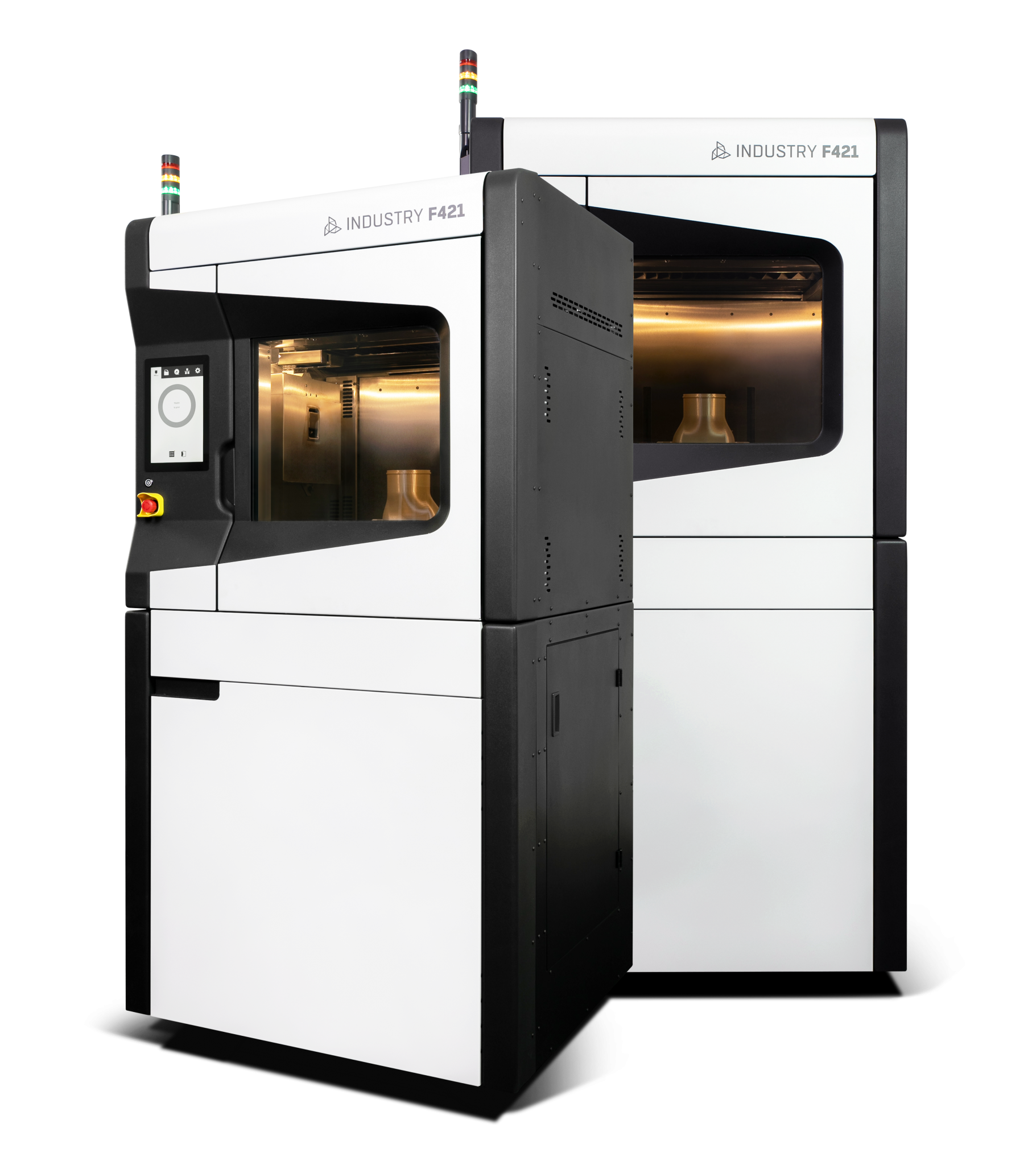Let’s start with MEX, which stands for Material EXtrusion. MEX uses the idea of dispensing material (a filament or polymer granulate) through a hot nozzle (called an extruder). The technology makes new objects from thermoplastic materials. The filament is provided to a 3D printer on a spool. The thermoplastic polymer is fed to a hotend (heated extruder head), where it is melted and extruded by a nozzle onto a surface called a print bed. By adding extra layers, one onto another, we can obtain a 3D element. MEX concept of creating new things out of filament requires a 3D printer supported with pre-set software.
The technology has plenty of assets. It allows functional prototyping, manufacturing aids, and making end parts, reducing costs and time of production. A vast range of filaments results in multiple applications, both for enthusiasts and industrial purposes. Printouts made of high-performance, certified materials (e.g. ULTEM™ 9085 or PEEK) can be used in the most demanding applications, including space, airplane, defense, railway, HVAC, or automotive sectors. Creating parts on demand unleashes unrestricted testing options at limited cost and quicker than ever before. It boosts the innovative aspect of your business, as new ideas may turn into real tools very easily, without dealing with Minimum Order Quantity or waiting for oversea delivery. The 3D printing technology resolves an obsolescence problem, as it enables the implementation of the digital warehouse concept. Moreover, additive manufacturing gives an opportunity to print advanced, complex geometry subjects.
At 3DGence we understand MEX comprises different techniques of printing objects from a spool of filament (FFF and FDM® – both described below) or polymer granulate (FGF – Fused Granulate Fabrication, also known as Pellet Printing).
Let’s move on to FFF and FDM®. What are the distinctions? Well, not that much. In fact, these two different names describe the same process of 3D printing, using a spool of filament, 3D printer with heated extruder head and pre-set software. So why do we use both names instead of one?
The reason lies in the legal aspect. In 1989, S.S. Crump, a founder of Stratasys, invented and patented the 3D technology as described above and called it Fused Deposition Modeling (FDM®). As a result, no other company can use 3D printing method without paying Stratasys. The situation changed in 2009, when the patent expired and the technology became widely available for commercial use. In other words, FDM® meant Stratasys trademark, and it is still in use because of its historical importance and the fact that Stratasys is a major company in the market.
So where does FFF come from? FFF (Fused Filament Fabrication) is an alternative way of calling printing objects out of thermoplastic. The name was created by RepRap project, launched in 2005 in the UK. The British engineers slightly developed Stratasys concept and open-source. That’s why other companies joining the additive manufacturing race used, FFF acronym. Stricly speaking, FFF adequately describes the 3D printing process as well as FDM®.
Today, many companies use FFF and FDM® interchangeably. In general, there is no difference between these two names – both apply to the same method of creating things out of thermoplastics. However, some professional users may prefer FDM® over FFF, as FDM® is a more industrial-associated name due to its business roots.
The thing that matters a lot more than a proper name is the type of 3D printer you use. There is a big difference between an industrial-grade device and a desktop one. The industrial 3D printer, such as our INDUSTRIAL F421, allows you to gain accurate and reproducible elements made of certified materials, suitable to perform in extremely harsh environments. This cannot be obtained with a desktop printer. A heated printing chamber, heated bed, and interchangeable modules are key qualities of industrial 3D printers. If you want to learn more about the differences between a desktop and an industrial 3D printer, read this blog article.

Necessary cookies are absolutely essential for the website to function properly. This category only includes cookies that ensures basic functionalities and security features of the website. These cookies do not store any personal information.
Cookies that are used to recognise you and remember your preferences or settings when you return to our site, so that we can provide you with a more personalised experience.
Cookies which measure how often you visit our sites and how you use them. We use this information to get a better sense of how our users engage with our journalism and to improve our sites and apps, so that users have a better experience.
Cookies that are used to collect information about your visit to our site, the content you have viewed, the links you have followed and information about your browser, device and your IP address.